With a 60-year service life and lower life cycle costs than shingles, metal roofing continues to gain popularity for residential and commercial applications. Beyond that, metal roofing boasts energy savings, is 100% recyclable, and stands up to Mother Nature better than many other popular roofing choices.
While metal roofing offers numerous benefits, installing a metal roof also presents some unique challenges.
1. Roof Layout
One of the first challenges when installing a metal roof is to develop a plan before installing the first panel or trim piece. An eagerness to get started is a common culprit for problems later in the project. For example, metal panels are comprised of a series of major and minor ribs. It’s essential that roofing penetrations hit the panel's flat (or at least a minor rib) instead of a major rib. Consequently, it’s important to take accurate measurements for all penetrations and lay out the roof to ensure penetrations land in the proper spot, even if that means starting with less than a full panel width. It doesn’t take much imagination to see water entering the roof at the penetration shown below.
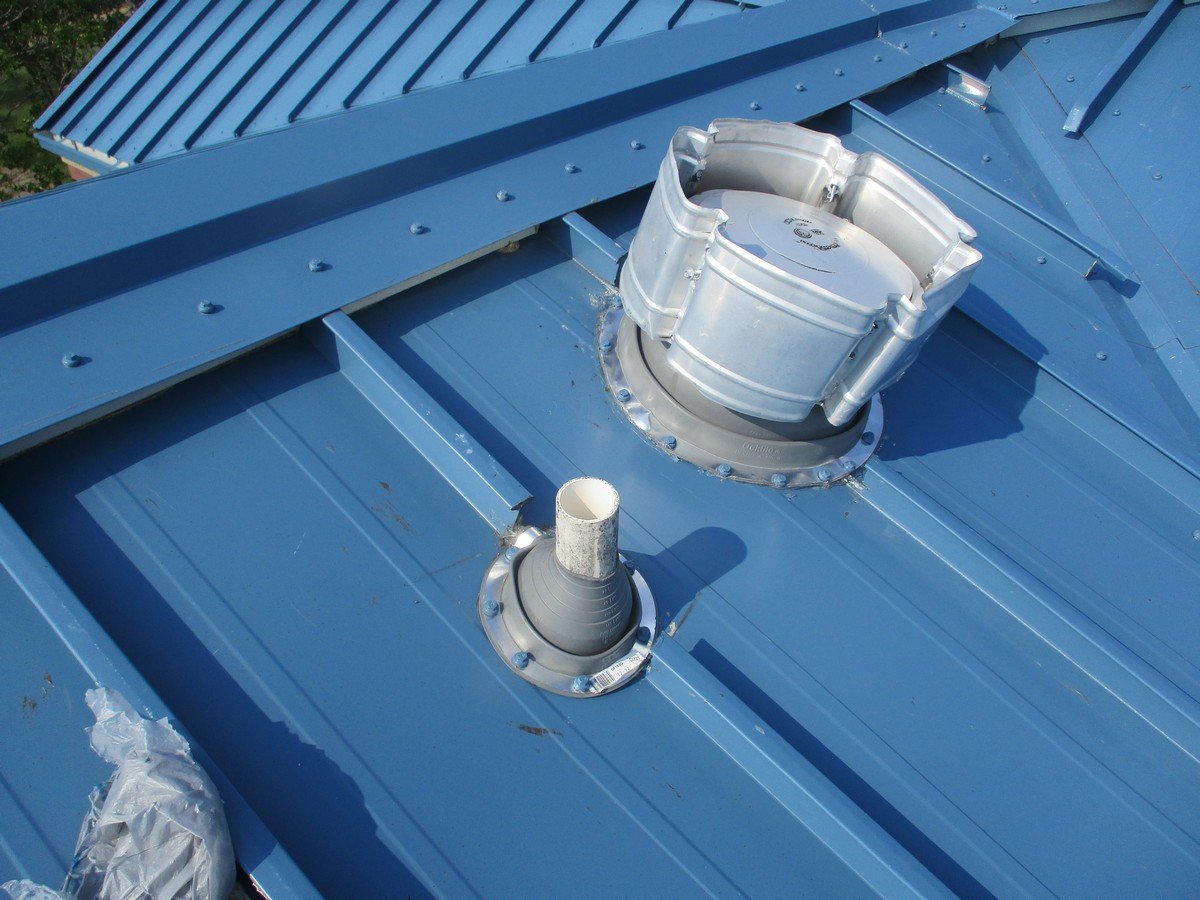
Other layout issues affect the aesthetics of a metal roof more than the water integrity of the system. A completed metal roof can look off balance when panel layout across the roof isn’t considered before installation. For example, a 34’ wide roof using a 16” standing seam panel requires 25 ½ panels. With completing a roof layout, an installer might start with a full-width panel and then end with the ½ panel, which would only be 8” wide instead of 16” making the roof appear uneven. In contrast, most experienced installers would start and end with a 12” wide panel and use 16” panels. Either approach would be watertight; however, the latter allows the roof to look much more symmetrical
Pro Tip: Review the roof plan before beginning any installation to ensure roof penetrations hit the flat of the panel. In some cases, moving the protrusion through the roof may be necessary, but in most cases, modifying the width of the first panel will do the trick.
2. Cover Width Control
Metal panels can grow or shrink during installation. Experienced contractors know to watch for this phenomenon and even count on it to adjust for other conditions, such as slightly out-of-square buildings or problems arising from inconsistent trim dimensions. In contrast, the less experienced installer is often caught off guard and may not realize the issue until the problem has become so great that they simply can’t make the necessary correction without removing panels
In minor cases, cover width issues may be simply cosmetic and make it difficult to line up panels at wainscot, ridge, or gable end conditions. However, in extreme cases, the weather integrity of the entire roofing system can be compromised.
The photo below shows a 24” trapezoidal panel and the 24” matching steel closure. Note the gap between the outside closure and the panel on the right side of the male/female rib created by stretching the panel beyond its intended cover width during installation. The probability is high that this installation will lead to water infiltrating the building.
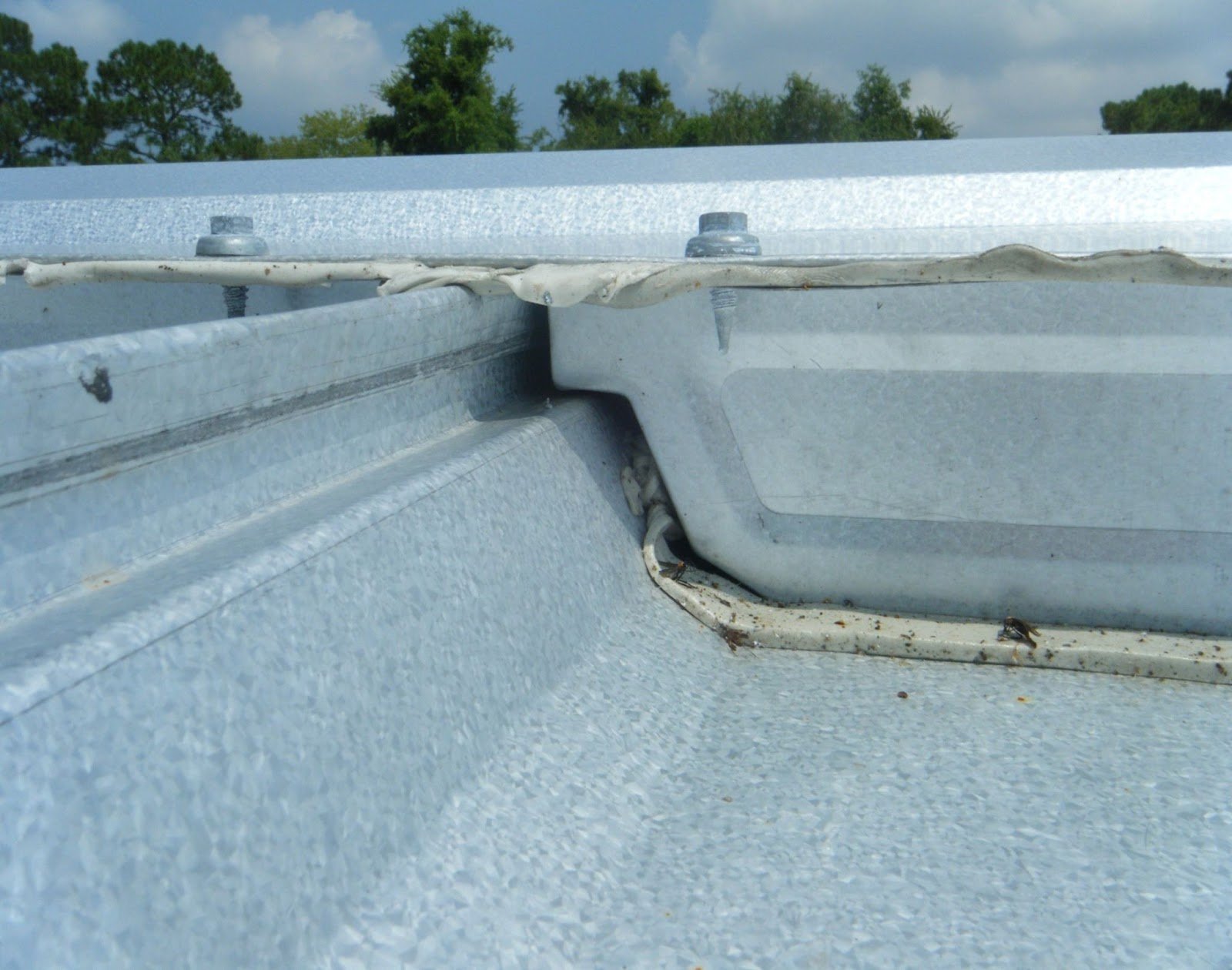
Pro Tip: Check cover width frequently during installation and adjust by shrinking or stretching the next panel as necessary.
3. Exposed fasteners
While exposed fastened panel systems come with their own challenges, they’re all relatively easy to address. First, the washer on the screw must be properly seated. Meaning that the screw isn’t under or over-drilled during installation, as shown in the image below.
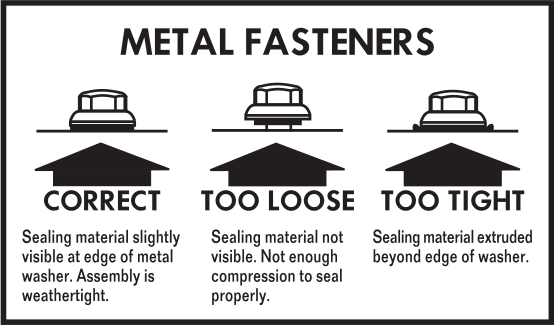
Second, hitting the substructure below the metal roof panel can also be challenging, depending on the construction method. Installing metal panels over a solid deck such as plywood makes for an easy attachment. In contrast, installing metal roofing over runners or purlins requires the installer to use chalk lines or similar methods to ensure the fastener penetrates the substructure since it isn’t visible during installation.
Lastly, following the fastener type, location, and even installation sequence for the specific panel installed is critical. To an inexperienced person, these nuances may seem minor; however, it’s essential to realize the direct correlation between the fastening of metal panels and how they react in extreme wind events.
Pro Tip: Ensure fasteners are correctly seated, ensure they penetrate the substructure, and follow manufacturer instructions.
4. Underlayment Durability
Depending on your choice, the underlayment used with metal roofing can add or remove challenges. While #15 or #30 felt can be used as an underlayment between the deck and metal roof, synthetic underlayments have become more popular for several reasons. For starters, they weigh much less than felt products. But the most significant difference stems from performance.
A few decades ago, contractors felt comfortable installing felt and exposing it for several weeks until the installation of the primary roof covering. Today, felt manufacturers recommend much shorter UV exposure timelines, often only a number of days, not weeks. Consequently, selecting felt underlayment adds the challenge and requirement for a quick panel installation after the underlayment goes down.
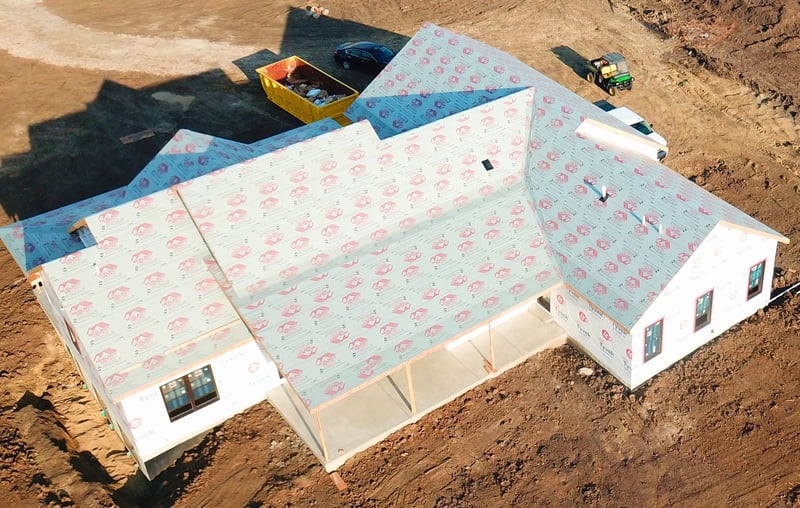
To remove the timing challenges that roofing felt presents, consider synthetic underlayment products like those pictured above. With exposure ratings and warranties ranging from several months to a full year, synthetic underlayments effectively remove the timing challenge presented by traditional felt products.
Pro Tip: Read this to learn more about your underlayment choices with metal roofing.
5. Telegraph Tendencies
Steel often acts like a mirror, so it’s important to remember that anything below the steel can telegraph through and be visible on the exterior of the panels. Whether going over curled shingles in a recover situation or trying to lay panels on a new deck that may be out of plane, steel panels don’t hide the sins below. And in some situations, they can actually magnify things.
Pro Tip: Install decking materials within ¼” of the roofing plane, remove any loose materials or debris, and repair damaged areas before installing metal roofing.
6. Slickness
Some people find walking on metal roofing during installation challenging. As roof pitches increase, the issue becomes more problematic. It’s important to wear clean rubber-soled shoes that offer good tread. Several companies offer a shoe that straps on over regular shoes specially designed for metal roofing. To learn more, just do an internet search for “shoes to wear with metal roofing” and review the options returned.
Additionally, some contractors report using rubber-backed bathroom mats and shelf liner products to increase control when working on time-consuming details such as ridge conditions.
Pro Tip: Always use a safety harness when working on any rooftop.

7. Insulation & Ventilation
While it’s not unique to metal roofing, determining the best approach for insulation and ventilation of a roof system is another challenge. Most people realize that skimping on insulation leads to higher energy costs, but fewer realize that insulation levels also impact condensation. And introducing condensation (or moisture) into any roofing system without a proper ventilation plan spells trouble. Proper roof ventilation also helps reduce heat build-up in the roofing system, typically increasing life expectancy.
Pro Tip: Have a solid plan to address insulation and ventilation for your building. If you need help figuring out where to start, consider contacting a local architect for help. Chances are good that your energy savings alone will quickly offset the cost.
8. Reading (and following!) Directions
We get it. Reading directions is a step that most of us skip from time to time. However, doing so on a metal roof project sets you up for various challenges. Metal roofs require a variety of trim shapes and accessories in addition to the panels to create a weathertight system. Detailed manufacturer instructions and attention to detail make straightforward trim conditions such as eaves, rakes, and even ridge caps easily accomplished. However, starting an installation before reviewing manufacturer and panel-specific installation drawings spells trouble.
Most reputable manufacturers, such as McElroy Metal, realize the importance of providing this type of information in either printed or digital form on their websites. See the example below.
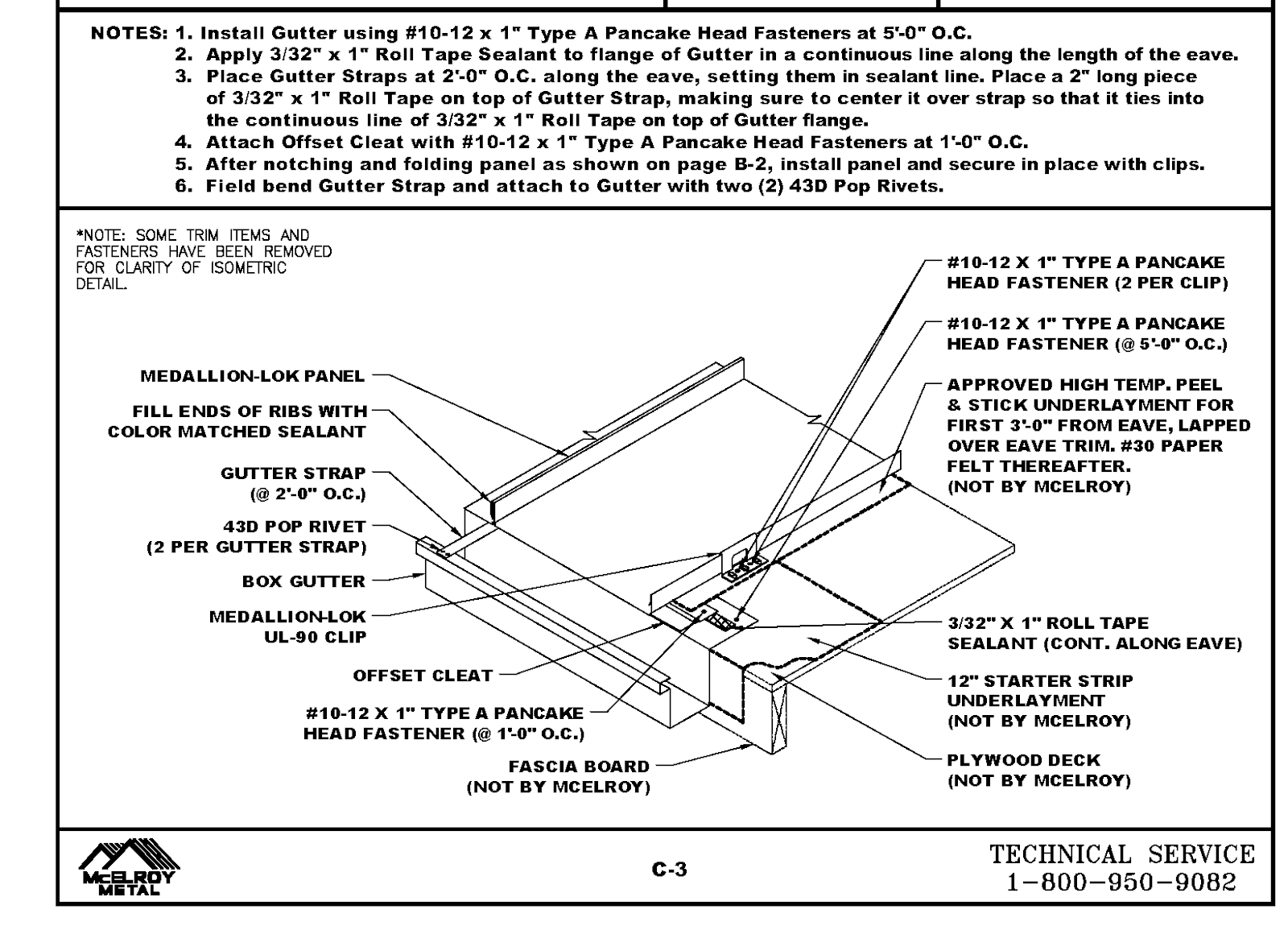
Pro Tip: Always request an installation manual for the specific style of metal roofing from the supplier of the metal roofing panels and study it before starting panel installation to minimize any challenges.
Sure, metal roofing presents a few challenges, but all products do. However, a bit of time planning on the front end of a metal roofing project makes most of the challenges easily managed.
What other things do you find challenging with metal roof installations?
Check out the videos on our website to learn more about installing our metal roofing systems.
Or, if you’re a contractor interested in formal training to install standing seam products, please contact us. We’d love to connect you with our local representative, who can walk you through the training options we offer.
About McElroy Metal
Since 1963, McElroy Metal has served the construction industry with quality products and excellent customer service. The employee-owned components manufacturer is headquartered in Bossier City, La., and has 14 manufacturing facilities across the United States. Quality, service and performance have been the cornerstone of McElroy Metal’s business philosophy and have contributed to the success of the company through the years. As a preferred service provider, these values will continue to be at the forefront of McElroy Metal’s model along with a strong focus on the customer.



.png?width=767&name=What%20to%20Expect%20When%20You%20Order%20From%20McElroy%20Metal%20(1).png)


.png?width=440&height=293&name=How%20to%20Install%20Metal%20Roofing%20Over%20Existing%20Metal%20Roofs%20(1).png)


Comments on this article:
Scroll down to the bottom to submit a comment and join the conversation. Need help or have a question? Please contact us. Looking for a distributor or contractor? Please click here to get started.